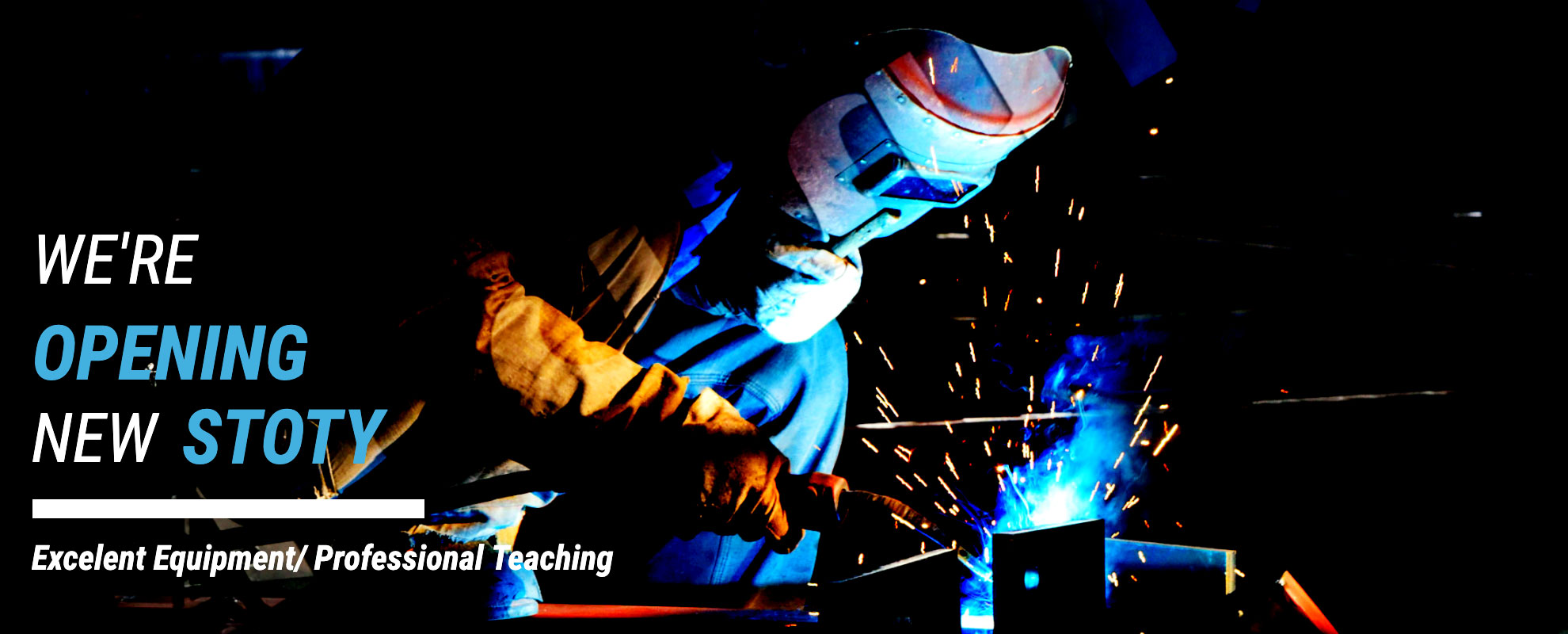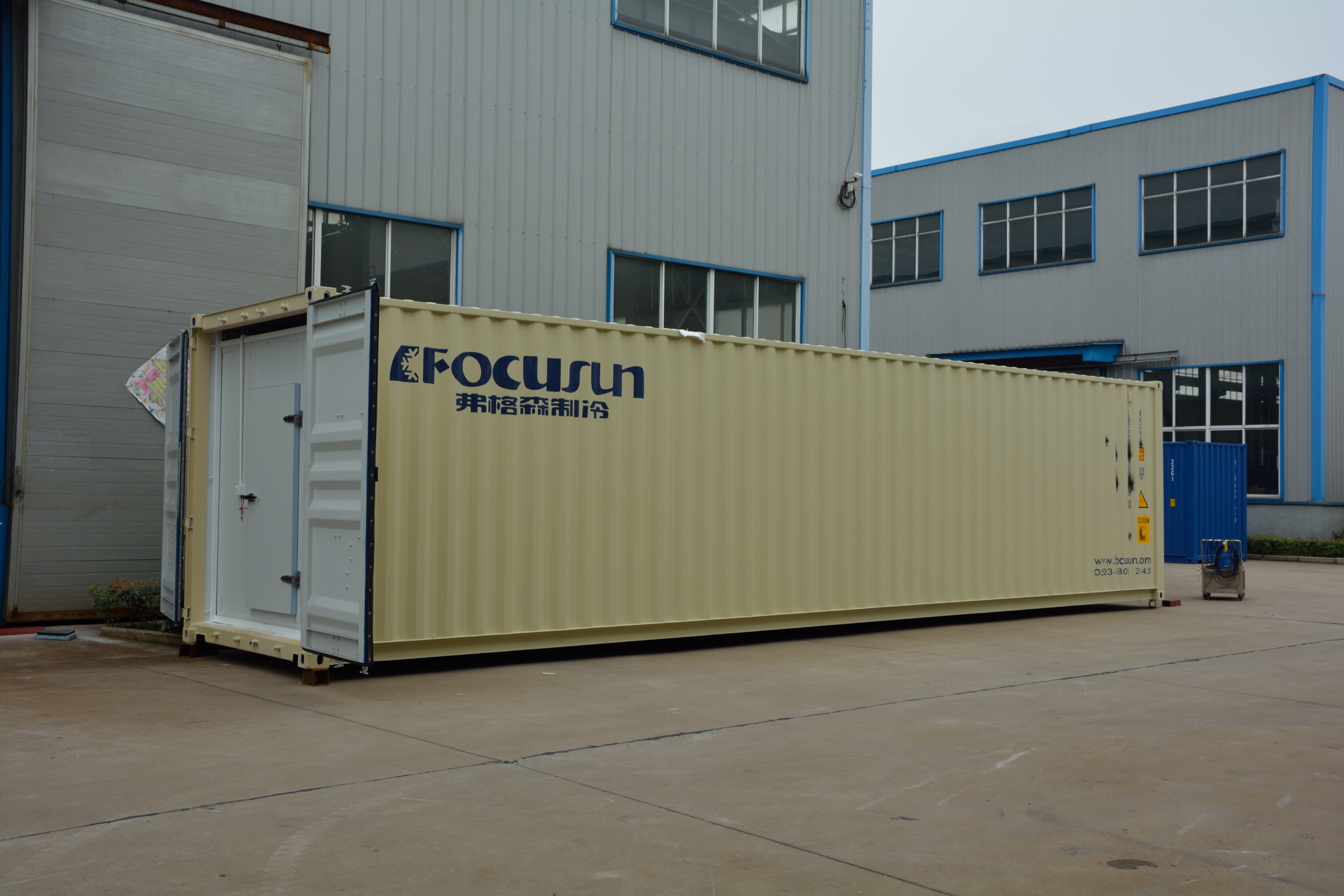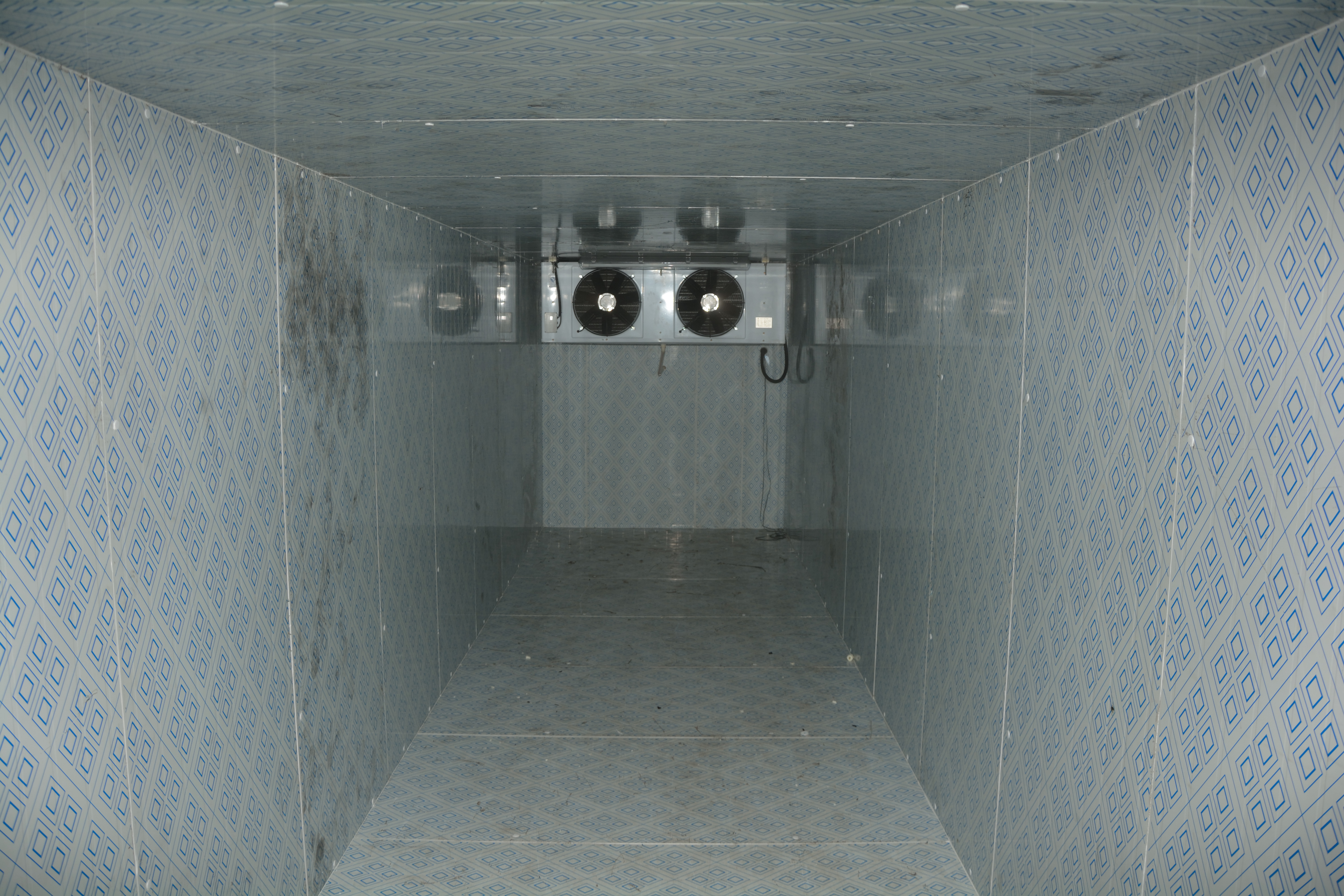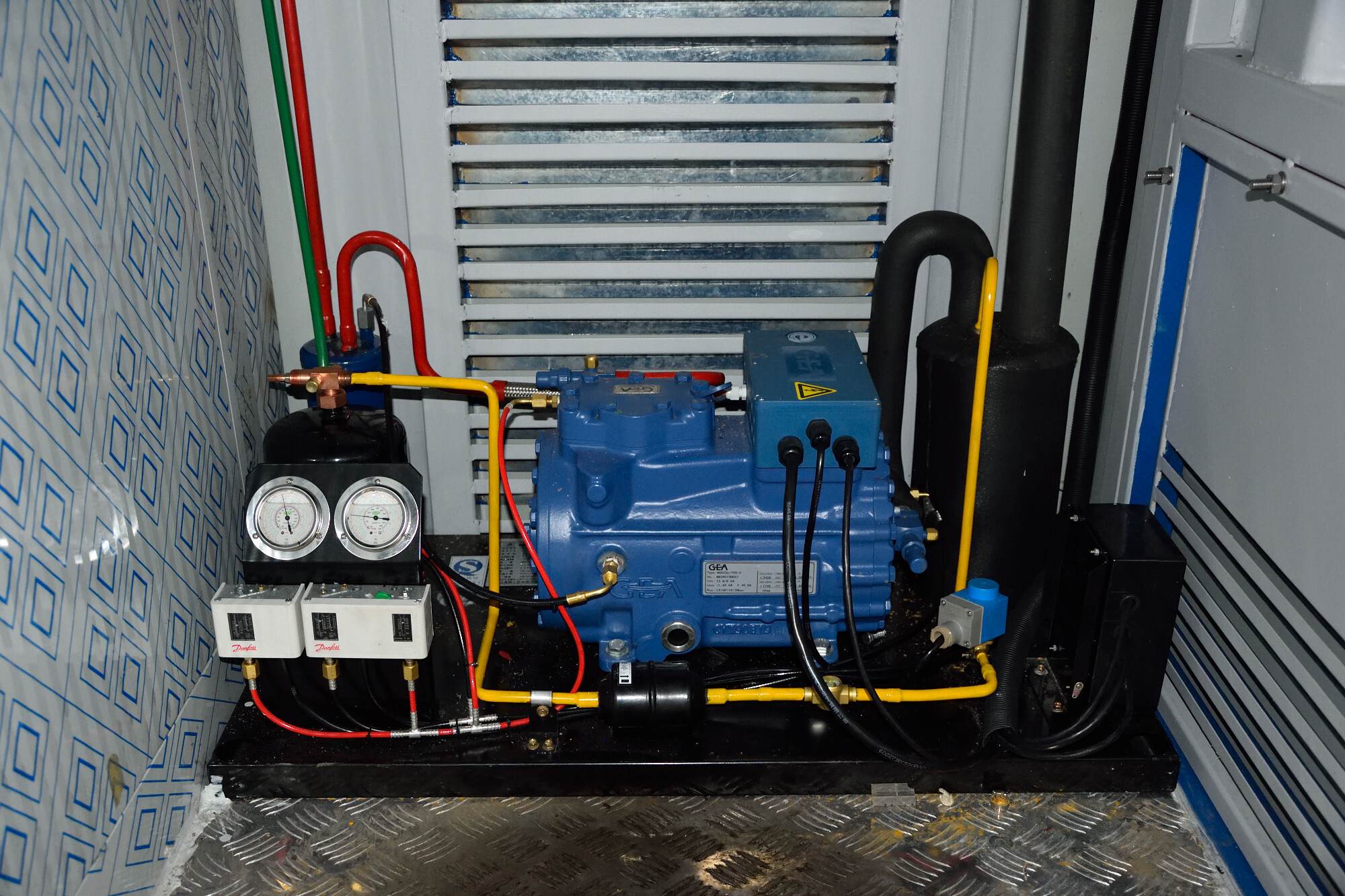Cold room is a storage space with a controlled temperature range for the protection of materials and equipment. It is especially useful in laboratories where the temperature of reagents, chemical solutions and other materials needs to be maintained at precise levels. Cold rooms can also be used in pharmaceuticals, medical treatments and engineering applications. They can guarantee consistent temperature control and protect against material corruption or degradation, even in transit.
The insulated casings of cold rooms ensure that the internal temperature remains constant, so that stored items remain fresh and usable for as long as possible. The insulation is usually composed of polyurethane, polyisocyanurate or XPS. This type of insulation is lightweight and easy to install. It has good thermal conductivity, but low water absorption. It is also fire-resistant and waterproof, which helps minimize the risk of electrical fires and other potential safety hazards.
Most cold rooms will be fitted with shelving (also known as racking) for the storage of ingredients and supplies. This makes it easier to find what is needed and saves time when restocking. It is important that the shelving used is sturdy, and made from materials such as PVC or anodised aliminium. This will prevent corrosion from food acids and moisture, which can damage and rust shelving.
It is important to follow all best practices when working in a cold room, and in particular to limit the amount of surface area on which mold can grow. This includes reducing the amount of paper in the room (which contains cellulose), storing bottles upside down, and cleaning all surfaces regularly. Mold spores can cause a variety of health issues, including respiratory problems, allergic reactions and so on.
If a person gets too close to the doors of a cold room, or if the door becomes difficult to open, they should exit the area immediately. Leaving the door open increases humidity and encourages mold growth. Any leaks should be reported to facilities immediately as well.
It’s also important to avoid using volatile chemicals inside a cold room, as these can produce dangerous vapors that could injure or harm anyone who works in the space. Volatile chemicals can also increase the risk of fires and explosions.
A cold room is a great addition to any laboratory or facility, and it can help to reduce the cost of storage by eliminating the need for multiple pieces of refrigeration equipment. The tightly sealed construction of a cold room also allows it to operate effectively during power outages, and many will feature backup generators, remote controls and emergency power systems. We at MTCSS can design and build a wide variety of cold rooms, including both chilled and frozen units, ambient areas and more. We work with customers to create a cold room solution that meets all of their requirements and specifications. To get started, contact our team today.




